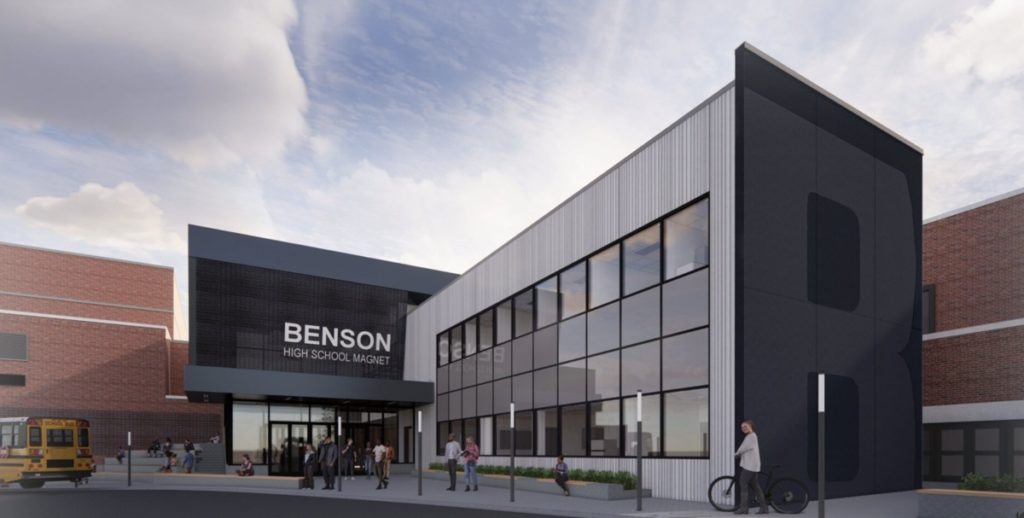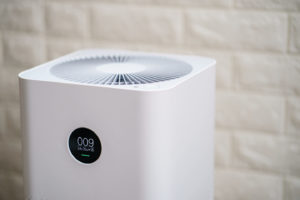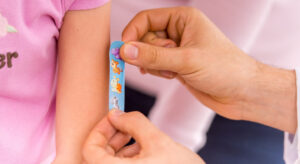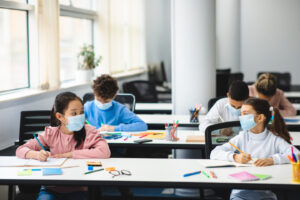Omaha school district spends COVID-relief funds to open $6.6 million health care center in poor performing high school
A Nebraska high school is using federal COVID-relief dollars on a health care center despite the extreme academic needs of its students.
Benson High School (BHS) in Omaha will soon offer health care…

A Nebraska high school is using federal COVID-relief dollars on a health care center despite the extreme academic needs of its students.
Benson High School (BHS) in Omaha will soon offer health care services to students and the greater community with the completion of a $6.6 million-dollar, two-story addition scheduled to open in the fall of 2024.
The non-academic expenditure will likely prompt questions as BHS is one of the worst performing high schools in the state, routinely notching grades well below even the most forgiving measures of competency.
US News & World Report’s annual rankings of high schools find BHS near the bottom of both Nebraska’s schools and the nation’s.
In the core competencies of math, reading and science, BHS students scored abysmally, with only eight percent of students proficient in reading. Math proficiency scored 4% and science 2%.
The health care project began as a collaboration between Benson High alumni Paul and Djel Ann Brown and the Omaha Public School district. The pair formed a foundation and began soliciting donations.
When the fundraising plateaued at $300,000, the project faced abandonment. That’s when OPS decided to kick in its federal funding, reports the Omaha World Herald.
The 10,000-square-foot clinic addition will be shared by the Charles Drew Health Center, Methodist Health, Project Harmony, and the University of Nebraska Medical Center, serving both the school and the Benson community.
Students will be able to receive low-cost or free services depending on the provider, according to OPS officials.
The district has not said how the $6.6 million may have been used to strengthen the academic performance of students at the school. Poor education is an oft-cited metric in gauging future health outcomes, ranking high with poverty and crime.
The linking of primary care health services to neighborhood schools is not new – school nurses are a fixture in American public schools – but the establishment of full-scale medical and dental services in schools is a relatively modern development.
OPS already operates nine clinics within area schools, although the planned venture at Benson will mark the first multi-provider center.
The number of school-based health care clinics has skyrocketed in recent years, as academic proficiency has tanked, calling into question whether school officials have taken their eye off the ball regarding what’s best for their students.
Under the Biden administration, the $190 billion dollar windfall of COVID-19 money available to offset pandemic-related losses is not statutorily limited to academic support. Consequently, school districts are using the funds to help establish these school-based clinics and other “eye candy” projects wholly unrelated to education.
At BHS, the new addition will boast dental services, family therapy, parenting classes and teacher and student training modules. A local nonprofit offering child abuse services and training will be on hand to provide mental health and therapy sessions.
The only portion of the new project that dovetails with the public school’s primary mission is Benson High’s existing health professional’s academy, which will be folded into the University of Nebraska Medical Center’s portion of the project. UNMC will manage public health and research initiatives led by Benson students, exposing those interested in health care careers to real-world experience.
The OPS board approved the project Nov. 28. Construction will begin this summer in anticipation of a Sept. 2024 opening.



